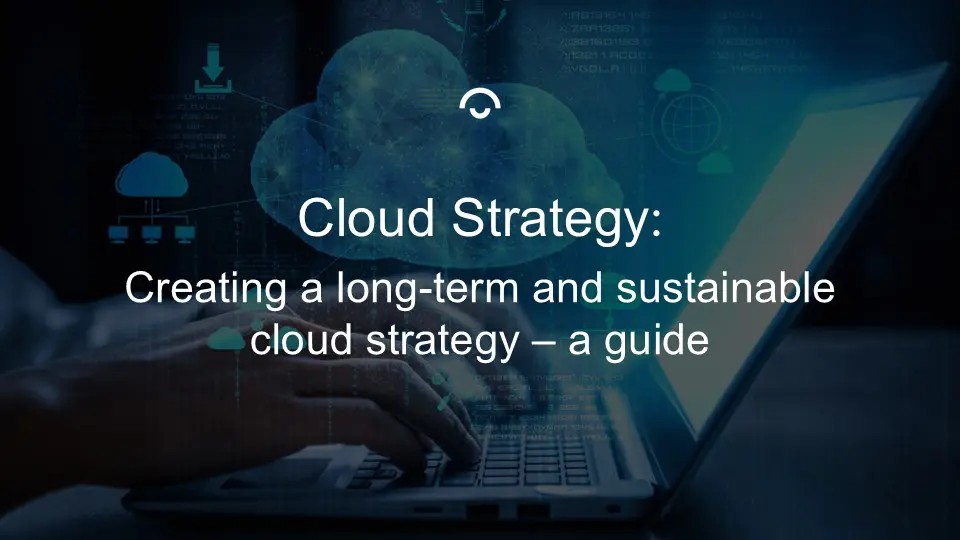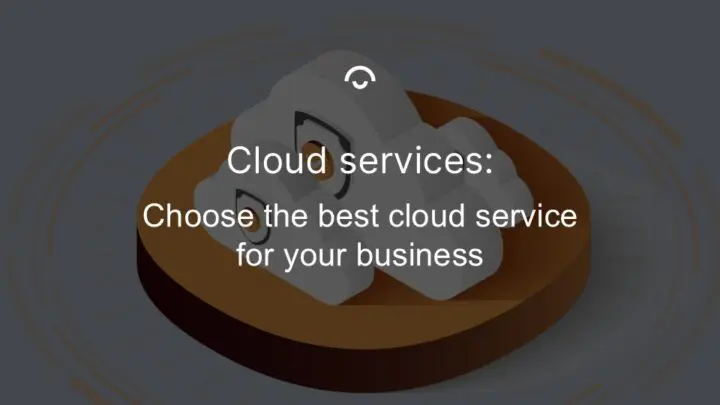Cloud services open up opportunities for many companies in the form of increased flexibility, efficiency, security and competitiveness. However, without a good cloud strategy and plan, it is easy to get lost and find yourself stuck with a cloud solution that is not tailored to the needs of your business.
In this guide, we go through several factors that are crucial for creating a long-term sustainable plan and cloud strategy. We also highlight common pitfalls that should be avoided to ensure that your cloud experience is as smooth and cost-effective as possible.
Your cloud strategy needs to be dynamic
Whether your organisation has been using cloud-based IT solutions for several years or is just starting to migrate to the cloud, your cloud strategy should be dynamic. Although migration to the cloud should be seen as a long-term strategy for creating long-term value for your organisation, the strategy should be designed so that you can quickly take advantage of new opportunities.
Make it a routine to review your cloud presence and strategy approximately twice a year. This will ensure that you have a dynamic cloud strategy that continuously helps you develop.
Having a static cloud strategy can entail risks such as losing competitiveness in the market, becoming locked into inefficient solutions and increased costs.
The right requirements: choose a cloud partner with expertise in your specific business
- Everything as a Service
Ensure that functions you expect to use frequently or extensively in the cloud are also available directly in the cloud platform, i.e. that they are offered in an “as a service” model.
- Several availability zones/regions
Ensure that the provider has multiple availability zones. This allows your applications to be spread across multiple data centres, thereby achieving application redundancy.
- Redundancy in all layers
The cloud provider must ensure that all services are built with redundancy principles in all layers (e.g. network, storage and compute). It is also important that you, as a customer, build redundancy into your own application, taking into account application logic and business requirements.
- Safety
Your data in the cloud must, of course, be secure. Your data storage must also be able to be security classified at different levels, for example, whether it should be accessible from the internet or not.
- Container solution
Ensure that the cloud platform offers a good development environment in the form of a managed container solution, such as Kubernetes.
- Disaster recovery
The cloud provider needs to have a documented disaster recovery plan. Disaster recovery is primarily about planning and having a solution for what to do if something happens.
Take control of costs once you're in the cloud
To ensure that the development of your cloud strategy and presence in the cloud does not turn into an escalating spiral of costs, it is important that you have control over your costs — both current costs and those resulting from your planned development and growth.
In order to evaluate different solutions effectively, but also to ensure ROI on your investment, you need to demand a completely transparent pricing model and well-adapted packages.
Use our price calculator to estimate your cost for a Swedish cloud service.




